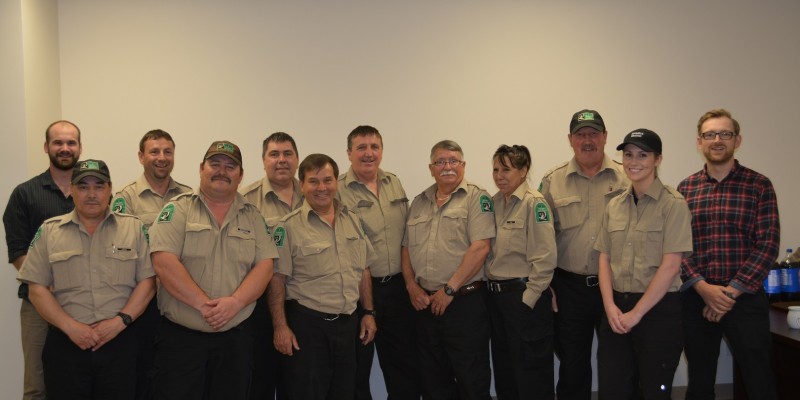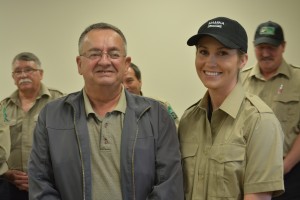In this edition of Maw-pemita’jik Qalipu’k we invite you to share in the successes of a few of our members who recently received awards for their hard work, connect with the power of prayer with this month’s editorial, check out some great photos of National Aboriginal Day celebrations across the province, get all the details on this weekend’s Bay St. George 10th Annual Powwow, and so much more. Read on, and stay in touch.











